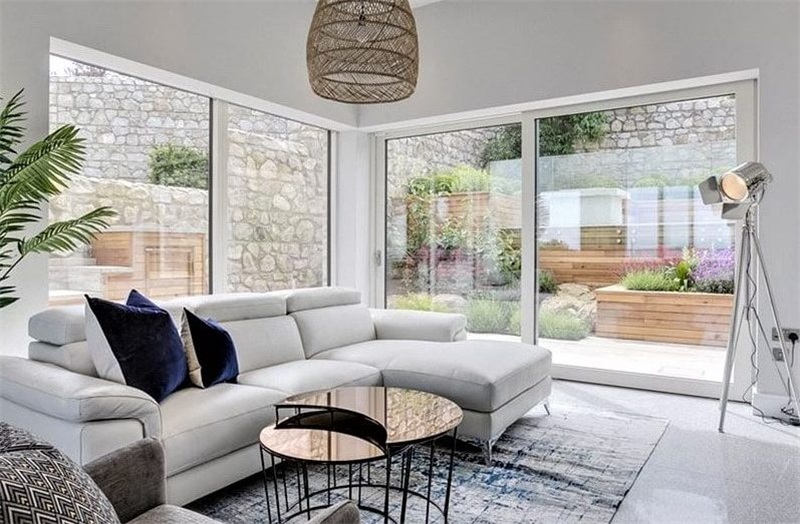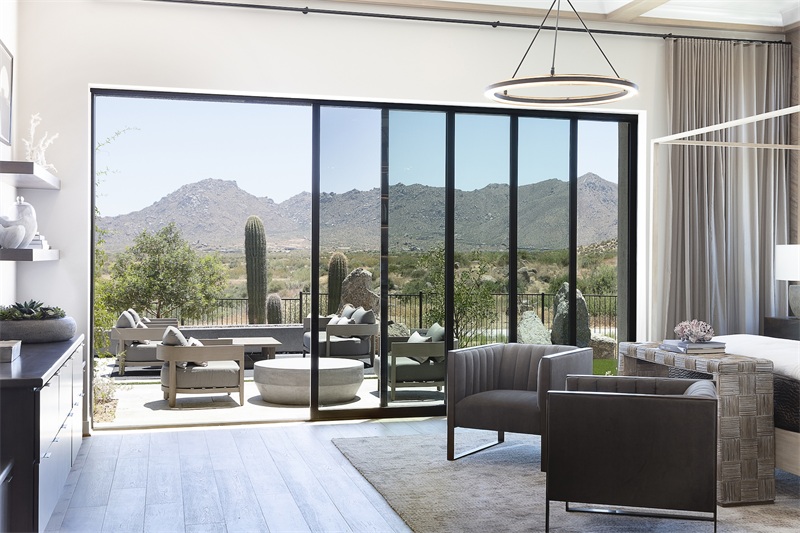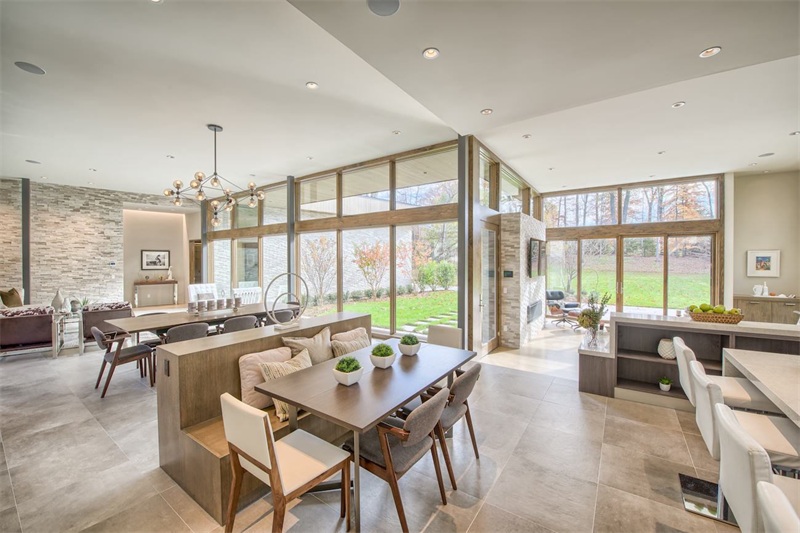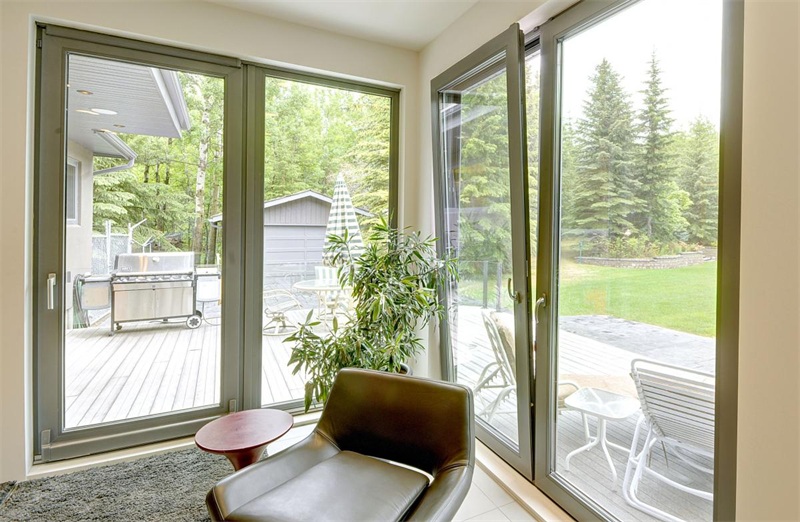There are many different styles of doors and Windows on the market, but the doors and Windows are always inseparable from the glass. So what is the difference between the insulating glass, vacuum glass, laminated glass and Low-e glass that we commonly use in our daily life? How should we choose when we buy and buy? Today, Xiaobian will popularize science in detail, hoping to help you!

Vacuum glass
Vacuum glass is actually filled with inert gas in the middle and empty layer. At present, many high-end villa residences have chosen to use this kind of glass. This kind of glass is characterized by good sound insulation performance, but from the point of view of durability, it is slightly worse than ordinary insulating glass. But for his thermal insulation and sound insulation performance is better than hollow glass, of course, the price is higher than hollow glass.

Insulating glass
Hollow glass, as its name suggests, is to use the composite structure formed by the air layer to create a noise barrier area through two or three layers of glass composite, which can effectively play a sound insulation effect. At the same time, the sound insulation performance is also very good, but compared with vacuum glass, hollow glass is one of the more commonly used materials, because the price is relatively cheap.

Laminated glass
Laminated glass is actually a layer of PVB film sandwiched between two layers of glass to form a layer of damping layer, the reason for doing so is sound insulation, and has excellent anti-explosion and anti-seismic performance, compared with hollow, vacuum glass is relatively hard. Generally used in window sealing, sun room, sealing balcony.

LOW-E glass
Low-e glass, also known as low-radiation glass, is produced by using vacuum magnetron sputtering to plate one or two layers of 10-20 nanometer silver metal layers on the original float glass sheet. Tweezers are substances with Low emissivity in nature, which can reduce the emissivity of glass from 0.84 to 0.1 or even lower, and reduce radiant heat loss by nearly 90%. It is a high-energy product.


